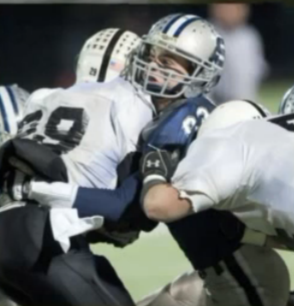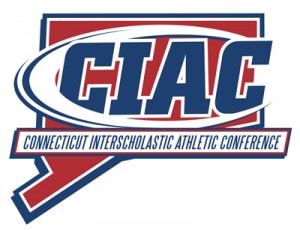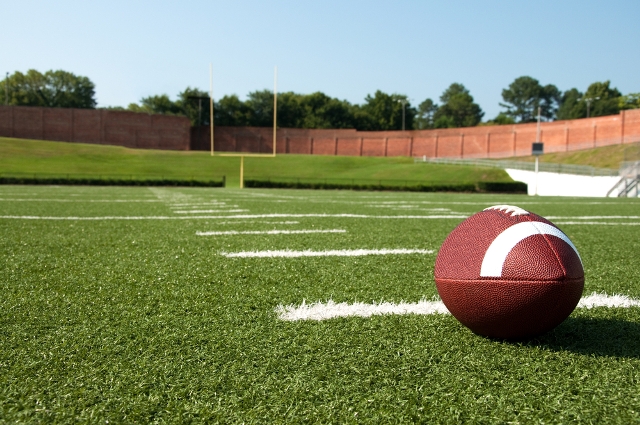Norwalk is First in Connecticut to Approve Concussion Program for All Youth Sports
/Norwalk has become the first community in Connecticut to approve a city-wide concussion program for all youth sports, according to city officials. The Norwalk Common Council, on the recommendation of its Recreation & Parks Committee, approved the new concussion guidelines this week, modeled after The Concussion Aware and Prepared Program (CAPP).
Officials said the guidelines will apply to organized youth sports programs using Norwalk recreation facilities. The guidelines are intended to “plug the loophole that exists” in the current Connecticut Concussion Law which protects only public middle and high school athletes who play for school-sponsored teams, officials said.
“It is important that our children are protected and that parents and coaches have the information they need to keep them safe,” said Norwalk Mayor Harry Rilling. “Norwalk is proud to be a leader in providing these updated guidelines for all leagues who play on our public fields. We aim to make youth sports as safe as possible."
Last month, Connecticut’s Task Force on Youth Athletics and Concussions, staffed by the State Commission on Children, reported the results of their mandated study of "occurrences of concussions in youth athletics” and issued recommendations for possible legislative initiatives. The 21-member Task Force noted that “there exists within the State of Connecticut the need for guidelines in the arena of non-scholastic youth athletics,” indicating that private clubs and public recreation teams are examples of “non-scholastic” youth athletics.
The Norwalk Guidelines apply to any youth up to age 19 who participates in any organized sporting or athletic event or activity either conducted by the City of Norwalk or permitted to take place on any property or facility owned by the City of Norwalk. Activities including practices, training, performances, scrimmage, games and other organized competitions involving athletic activities such as sports and dance. With a population of just over 85,000, Norwalk is Connecticut’s sixth largest city, and has the third largest population in Fairfield County.
Former Norwalk Junior Lacrosse and RCA Soccer Coach, Katherine Snedaker, now Executive Director of the non-profit, PinkConcussions.com , and advocacy organization Sports CAPP.com which developed The Concussion Aware & Prepared Program, said, “our mission with these new guidelines is to help youth sports leagues update their policies with best practices, and increase safety for our kids while lowering personal liability for our coaches and city.” The Concussion Aware and Prepared Program, which uses free online materials from the United States Centers for Disease Control and Prevention (CDC), is designed to provide up-to-date information regarding concussions for youth coaches and their staffs, parents and youth players and is available in English and Spanish.
 “Hopefully this program will be a model for the rest of state,’’ Snedaker said. “Parents will now know their young children will have some of the same protections that benefit public middle and high school athletes.” In Norwalk, the newly approved guidelines had received support for the Norwalk Youth Football and Cheer, Norwalk Junior Soccer Association, Norwalk Cal Ripkin Baseball, Norwalk Little League and Norwalk Junior Lacrosse, according to the SportsCAPP website.
“Hopefully this program will be a model for the rest of state,’’ Snedaker said. “Parents will now know their young children will have some of the same protections that benefit public middle and high school athletes.” In Norwalk, the newly approved guidelines had received support for the Norwalk Youth Football and Cheer, Norwalk Junior Soccer Association, Norwalk Cal Ripkin Baseball, Norwalk Little League and Norwalk Junior Lacrosse, according to the SportsCAPP website.
The Sports CAPP program recommends five components that should be included in every concussion program. They are:
- Pre-Season Education and Training for coaches, parents and players to be able to recognize signs and symptoms of a concussion.
- Plan for Athlete’s Removal from Play for a suspected concussion by coach or athletic trainer or parent
- Communicating with Parents and Healthcare Providers after an injury
- Plan for Return-to-Play for the player who is 100% symptom free, has been cleared in writing by an MD, and has returned to a full academic schedule at school
- Injury Reporting and Data Collection for all occurrences of concussions at the end of each sport season, or such other date as may be mandated by the principal, sports team president or other leader.
The new guidelines for school programs in Connecticut approved by the State Board of Education (SBE) in January, will go into effect July 1, 2015, requiring that:
- Prior to taking part in athletic activities high school athletes and their parents or guardians will be required to read materials, watch videos, or attend in-person training regarding the school district’s concussion plan.
- Parents and guardians must sign an informed consent form that includes a summary of the district’s concussion plan.
- Coaches must complete training to recognize the signs and symptoms of concussions and learn how to get appropriate medical treatment for students.
The new State Department of Education “Concussion Education Plan and Guidelines for Connecticut Schools” indicates that “concussions can cause a wide range of functional short- or long-term changes affecting thinking (memory and reasoning); sensation (touch, taste and smell); language (communication , expression and understanding); or emotions (depression, anxiety, personality changes, aggression, acting out, and social inappropriateness).” It points out that “athletes should rest their bodies and brains until they are no longer experiencing any symptoms of concussion. Physical and cognitive exertion, such as homework, playing video games, texting, using a computer or watching TV may worsen symptoms.”
Under the state guidelines for schools, coaches must immediately remove any student participating in athletic activity who exhibits symptoms or behaviors consistent with a concussion or who is diagnosed with a concussion. Parents or legal guardians must be notified as soon as possible and no later than 24 hours after such removal. Before a student can return to any team activities, a licensed health care professional trained in evaluating concussions must provide written clearance.
http://youtu.be/Sno_0Jd8GuA
http://youtu.be/OFQcZHkLPuk


 cut
cut
 e filled out by your physician when a concussion occurs, our procedures for concussion management, and our Return to Play protocol that will be followed by all athletes before returning to competition after sustaining a concussion.”
e filled out by your physician when a concussion occurs, our procedures for concussion management, and our Return to Play protocol that will be followed by all athletes before returning to competition after sustaining a concussion.” nd are “intended to limit live action,” including:
nd are “intended to limit live action,” including:





























